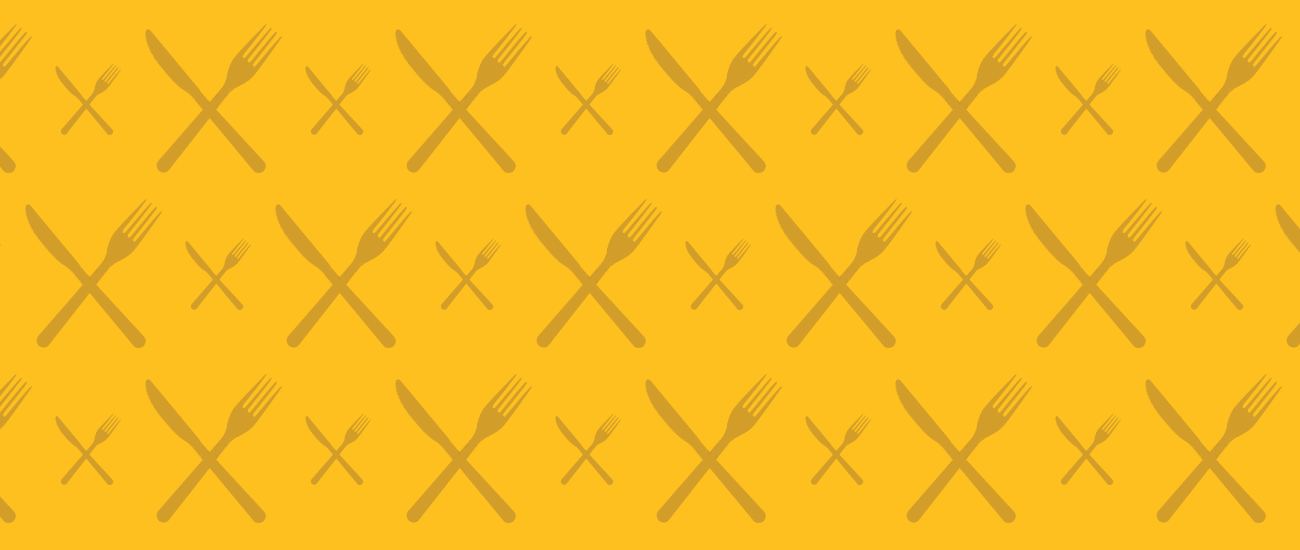This is from the "who knew?" department. It's International Compost Awareness Week. I realized that cruising around a site in Australia of all places, then found a link here about events in the United States running this week.
I get asked a lot of questions about compost, since I have a bin in my yard and we compost all plant waste from the kitchen.
Does it smell?
No, if your pile smells like rotting
vegetables you are doing something wrong. Most likely, you have added
too much "green" waste, such as fruits and veggies, and not enough
"brown" waste, like leaves and hay. You need roughly equal amounts of
both. What I do is throw down a layer of leaves saved from the fall
then put "green" waste over the leaves, then cover the whole lot with a
few shovel fulls of soil. It's also a good idea to throw in some
existing compost, if you have it, to stimulate the biological activity.
Then water the pile so that is has the consistency of a damp sponge. If
it's too wet, the green matter will rot. If it's too dry, it won't
decompose. As the bin fulls up I mix it with a shovel every week or two.
Does it attract rats?
I have a closed compost bin made of
hard plastic. I have never seen a rat anywhere near the bin and I've
been composting in the middle of DC for four years.
Does it take a lot of time?
Once you get into the habit,
making compost is like taking out the garbage or putting out the
recycling. It's just something you do. So no, it doesn't take a lot of
time.
It's spring and I didn't save any fall leaves. What should I do?
You
can still build the pile with hay. You can try newspaper but I found it
took too long to break down. Same with sawdust and any woody matter,
which I avoid. Buy a bale of hay if you can, or run to your municipal
compost operation and pick up a few bags of leaves.
I don't have space but still want to compost. Can I compost inside?
You can investigate worm composting. I have not tried the technique but know it works. The classic text for this is Worms Eat My Garbage.
And speaking of worms, that last picture shows a tiny earthworm I
pulled out of the bottom of the bin, which was teeming with the
critters.
So what do I do with compost?
Grow plants!
If my chatty instructions on making compost leave you dumbfounded, then check out Ed Bruske's video series about making a compost pile. It's a good introduction for the beginner. The one below is just the first in the series.
- Samuel Fromartz







